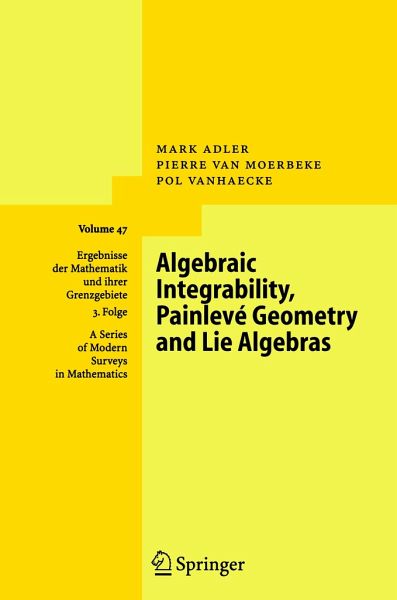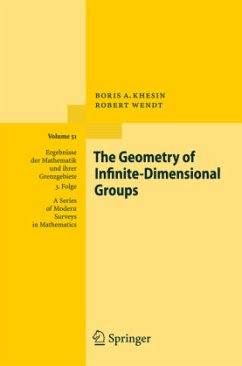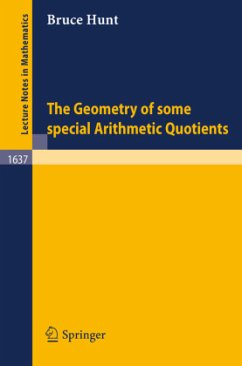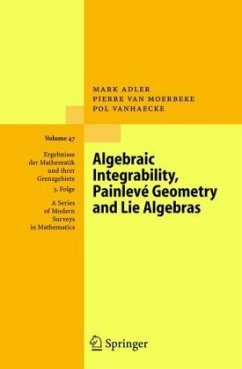
Algebraic Integrability, Painlevé Geometry and Lie Algebras
Versandkostenfrei!
Versandfertig in 1-2 Wochen
107,99 €
inkl. MwSt.
Weitere Ausgaben:

PAYBACK Punkte
54 °P sammeln!
This Ergebnisse volume is aimed at a wide readership of mathematicians and physicists, graduate students and professionals. The main thrust of the book is to show how algebraic geometry, Lie theory and Painlevé analysis can be used to explicitly solve integrable differential equations and construct the algebraic tori on which they linearize; at the same time, it is, for the student, a playing ground to applying algebraic geometry and Lie theory. The book is meant to be reasonably self-contained and presents numerous examples. The latter appear throughout the text to illustrate the ideas, and make up the core of the last part of the book. The first part of the book contains the basic tools from Lie groups, algebraic and differential geometry to understand the main topic.
In the early 70's and 80's the field of integrable systems was in its prime youth: results and ideas were mushrooming all over the world. It was during the roaring 70's and 80's that a first version of the book was born, based on our research and on lectures which each of us had given. We owe many ideas to our colleagues Teruhisa Matsusaka and David Mumford, and to our inspiring graduate students (Constantin Bechlivanidis, Luc Haine, Ahmed Lesfari, Andrew McDaniel, Luis Piovan and Pol Vanhaecke). As it stood, our first version lacked rigor and precision, was rough, dis connected and incomplete. . . In the early 90's new problems appeared on the horizon and the project came to a complete standstill, ultimately con fined to a floppy. A few years ago, under the impulse of Pol Vanhaecke, the project was revived and gained real momentum due to his insight, vision and determination. The leap from the old to the new version is gigantic. The book is designed as a teaching textbook and isaimed at a wide read ership of mathematicians and physicists, graduate students and professionals.














